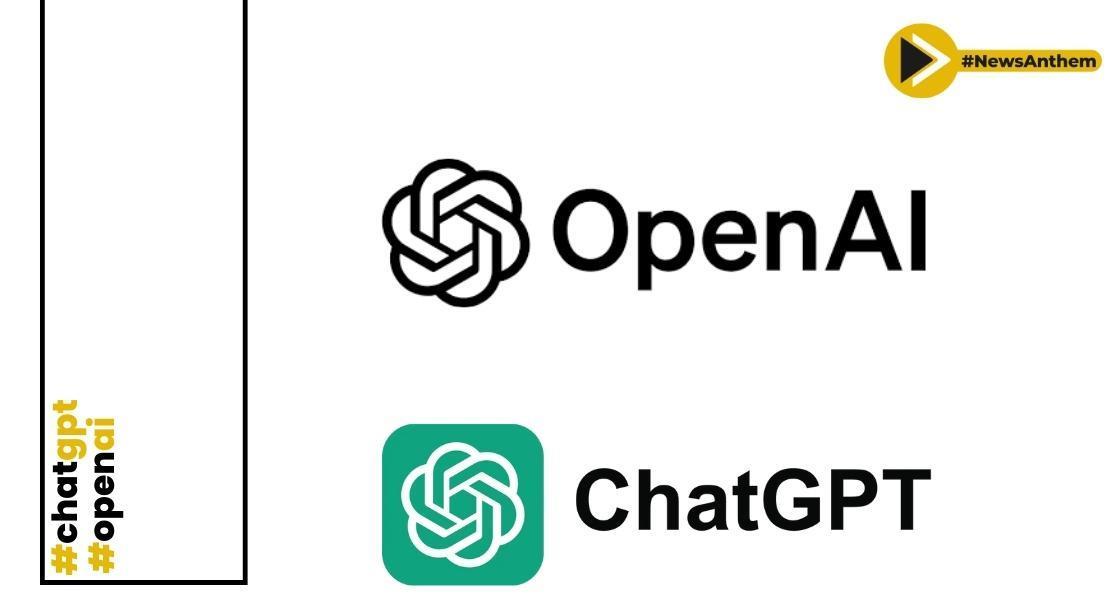OpenAI's ChatGPT Plus: Empowering Users with File Uploads for Contextual Interactions

News Synopsis
Testing New Features for ChatGPT Plus
OpenAI is currently in the process of testing new features for its generative artificial intelligence chatbot, ChatGPT Plus. These enhancements, including the "Advanced Data Analysis" feature, are now being made available for testing by select users in paid tiers.
Uploading Files for Contextual Responses
One of the standout features currently being tested allows users to upload files within their conversations and work with them while being assisted by the AI-based chatbot. This feature represents a significant stride forward as it empowers ChatGPT to analyze and summarize data sheets uploaded by users.
Generating Visual Representations
ChatGPT is not limited to providing short textual summaries. With the file upload feature, it can generate visual representations of the provided data, making data analysis and presentation more engaging and effective.
Contextual Analysis of Textual Data
Moreover, the chatbot can also conduct textual data analysis. When prompted by the user, ChatGPT can delve into the text data and provide insightful answers to questions related to the content.
What sets this version apart is that it doesn't necessitate the user to manually select a specific model for the data type; it can intuitively understand the context and respond accordingly.
Image Iterations with DALL-E3
The scope of the chatbot's capabilities isn't confined to text files alone. Users can also prompt ChatGPT to generate iterations of uploaded image files. For this task ChatGPT leverages the DALL-E3 model, a powerful tool for generating images within the conversation.
Advancements in AI Chatbots
OpenAI's initiatives in enhancing ChatGPT Plus mirror ongoing developments in the field of AI chatbots. Recently, Google introduced new features to its gen-AI chatbot, Bard. The notable addition includes an extension that enables Bard to scan and extract information from users' Gmail and Google Drive.
Efficient Information Extraction
This extension allows Bard to summarize multiple emails at once, eliminating the need to prompt it for each email separately. Additionally, the updated version can access images received via email and extract the requested image file when prompted.
These improvements make AI chatbots increasingly valuable tools for streamlining data analysis and information retrieval.
As OpenAI and other tech giants continue to enhance their AI chatbots, users can expect more versatile and powerful tools for handling a wide range of tasks, from data analysis to information extraction and more.
Conclusion:
OpenAI's introduction of new features to ChatGPT Plus, such as the "Advanced Data Analysis" feature and the ability to upload files for contextual responses, signifies a significant leap in the capabilities of AI-based chatbots.
This advancement not only streamlines data analysis but also enhances data presentation by allowing the chatbot to generate visual representations.
Furthermore, ChatGPT's intuitive understanding of data types and its ability to answer questions related to textual data without manual model selection demonstrate the potential for AI to provide more contextually relevant responses.
In a broader context, this development aligns with the ongoing trend of AI chatbots becoming more versatile and efficient. Google's update to its gen-AI chatbot Bard, which can now scan and extract information from Gmail and Google Drive, illustrates the growing importance of AI in data analysis and information extraction.
You May Like









